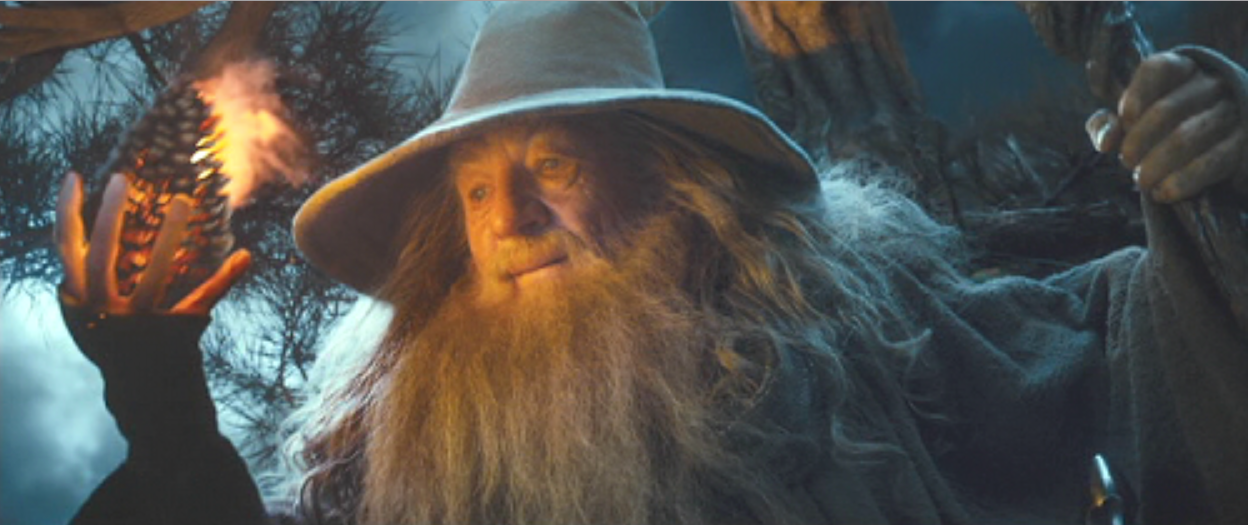
The enemy makes use of a scrying stone or "crystal ball" (used by the Wicked Witch to monitor Dorothy's progress in Wizard used by Sauron and his unwitting dupe, Saruman, to keep an eye on everybody in LOTR, and later found by Merry). One of these companions likes to carry an axe (The Tin Man Gimli the Dwarf).Īt some point in the journey, the party encounters talking trees: The crabby apple trees that throw their apples at Dorothy and the Scarecrow in Wizard the Ents in LOTR. The protagonist gradually acquires a group of odd companions who agree to join the quest, though each has his own personal reasons for doing so. The protagonist receives a promise of help from a powerful enchanter, who nevertheless is absent for much of the story, and whose name and title are an alliteration on the letter "G" (Glinda the Good Witch in Wizard Gandalf the Grey in LOTR). The adventure begins in a safe, idyllic land inhabited by unusually short people (Munchkinland in Wizard The Shire in LOTR).īefore leaving this safe haven, the protagonist acquires a mysterious item of jewelry with magical powers, originally taken from the body of a slain enemy (the Ruby Slippers in Wizard the One Ring in LOTR) which he or she is explicitly instructed must be kept on his or her person until the adventure is over, and which the enemy would very much like to take back. Say them together they sound alike.īoth stories make use of a basic "hero" narrative: An innocent with no apparent remarkable powers or abilities is forced to go unwillingly on a quest across a hostile landscape and confront a powerful magical enemy in order to save the world. Here are some interesting parallels:įirst, the titles: "The Wizard of Oz" and "The Lord of the Rings" have the same grammatical structure (technically, a definite noun in the nominative case, followed by a modifier in the genitive case), the same metrical rhythm (an iamb followed by an anapest), and the same number of syllables. So we may safely assume fantasy stories were very much on his mind in 1939. Tolkien and his friends in the Inklings, his writing group at Oxford, referred to it as the "New Hobbit" for many years before it took the title we know today). More important, he had been working on The Lord of the Rings for two years at that point, ever since the successful 1937 publication of The Hobbit (though it is important to note that at this early date, the sequel didn't have a title yet.
#Lord of rings wizard movie
In 1939 Tolkien would have been 47, a popular professor at Oxford, and a married father of three young children (whom he liked to amuse with fairy tales, and who almost certainly would have wanted to see the movie everyone was talking about).

After all, it was one of the most popular films of its day. It is highly likely that Tolkien saw the movie. Having just watched the annual showing of a certain perennially popular film from the Golden Age of Hollywood, however, I propose another, far more lowbrow influence: The classic 1939 film The Wizard of Oz. Tolkien took his inspiration for The Lord of the Rings from his deep, scholarly immersion in Norse mythology, Anglo-Saxon poetry, English folklore, etc. There's a lot of talk in geek circles about how J.R.R.


 0 kommentar(er)
0 kommentar(er)
